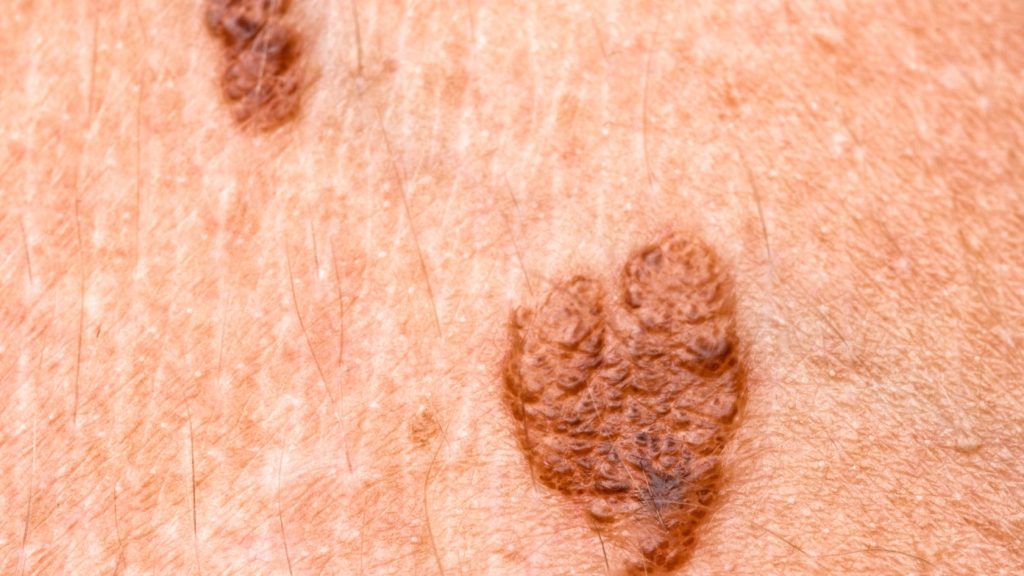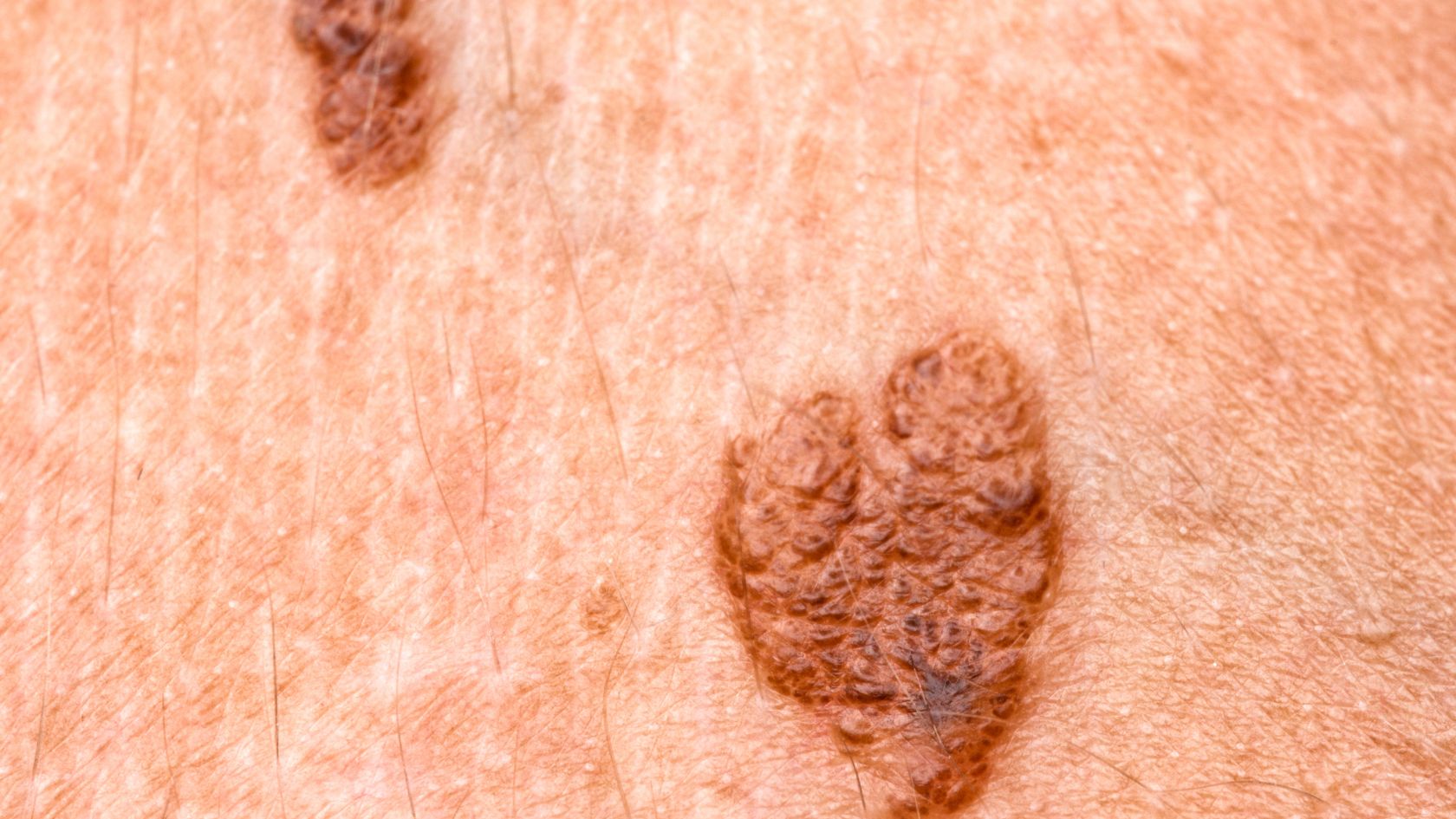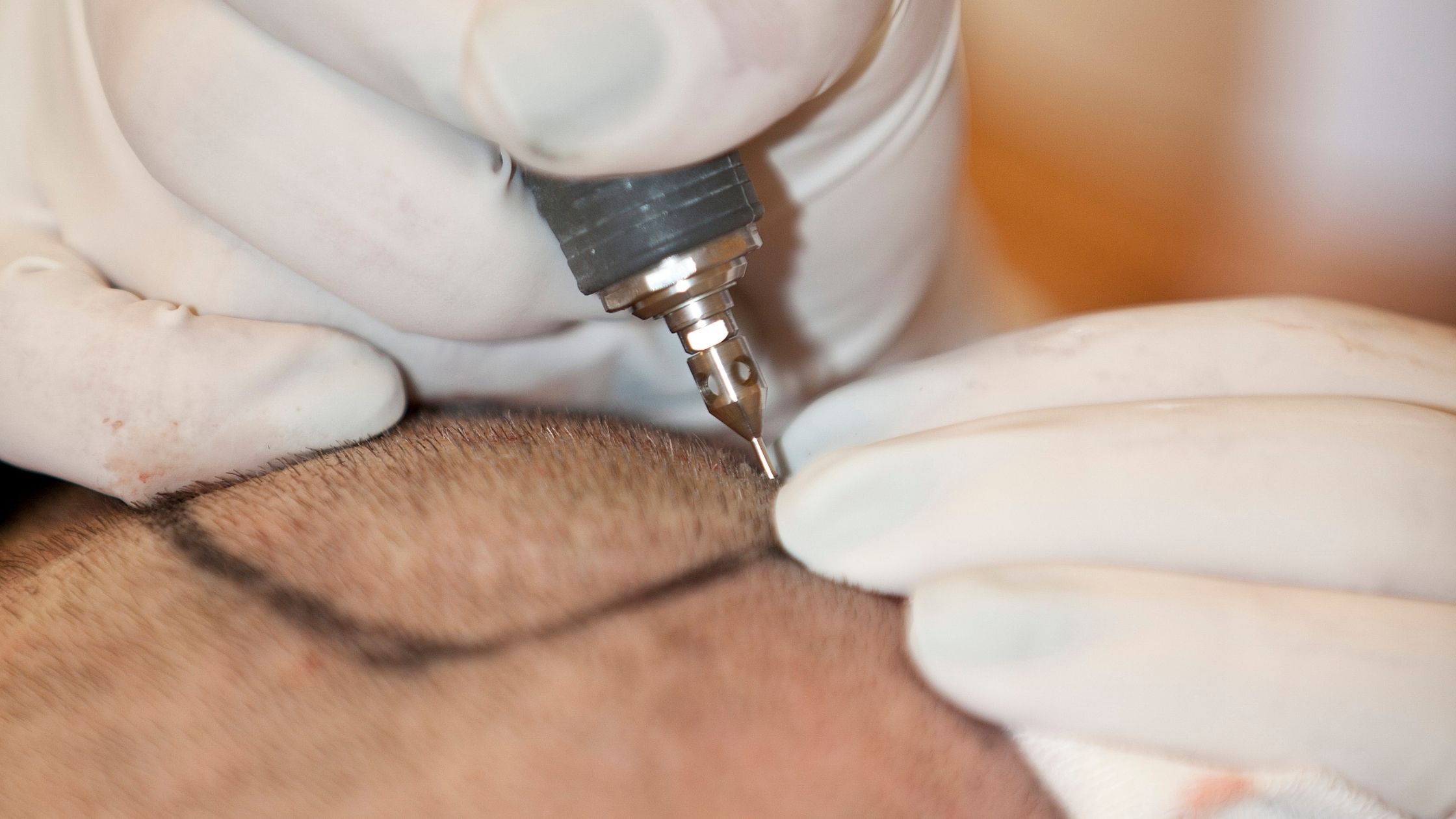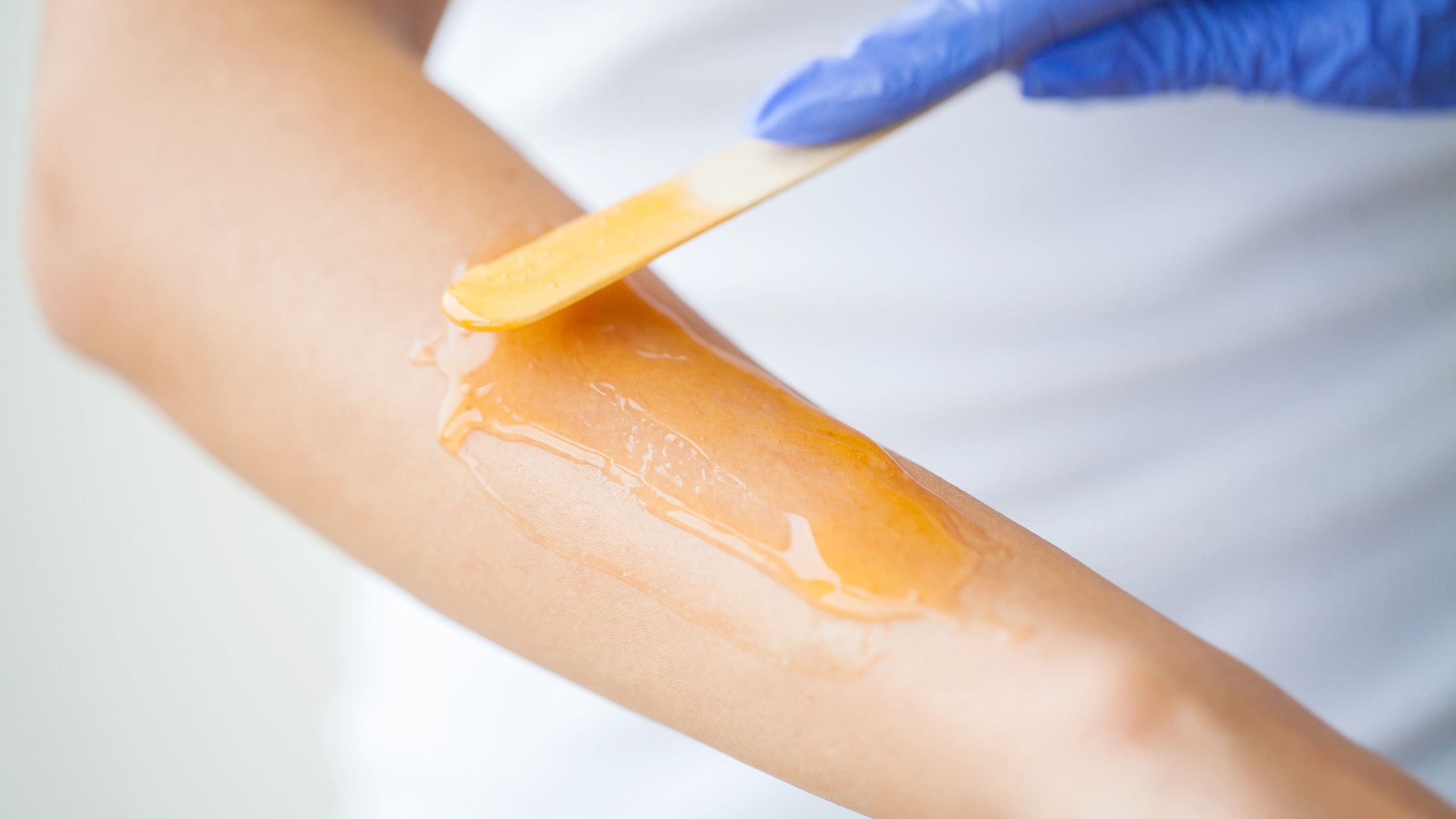How to recognize an emergency from your skin?
Here are 10 conditions that you should not ignore, and you should immediately visit your nearest healthcare provider or dermatologist –
1) Sudden, Severe Rash or Hives
A sudden outbreak of rash or hives can be a sign of an allergic reaction. It becomes an emergency when there is swelling of the lips, tongue, or throat, which leads to difficulty in breathing. Such a reaction is called anaphylaxis. It can occur in response to food, medications, or insect stings. Without immediate intervention, it can even be life-threatening. So, never ignore hives or swelling that come with other alarming symptoms.
2) Blisters or Burns
We are not talking about the regular blisters or burns here. We are talking about those blisters or burns that are large, painful, and caused by exposure to chemicals. Unfortunately, it can quickly become a serious problem. These blisters could rupture, leaving the skin open to infections. Even worse, the burn itself could cause underlying tissue damage. It is also a medical emergency if the burn covers more than 10% of your body. Or it is on a sensitive area like the face, hands, or genitals. A skin that is white, black, or charred is also a medical emergency.
3) Unexplained Skin Discoloration
A sudden change in your skin’s color could also indicate an emergency. For instance, skin turning yellow could indicate jaundice. Similarly, developing purple patches or becoming intensely red could mean a deeper health issue. Jaundice signals liver problems such as hepatitis or cirrhosis. Purple patches can be signs of blood clotting disorders, vasculitis, or even meningitis. So, if you notice any rapid discoloration without a known cause, seek medical attention right away.
4) Rapidly Spreading Infection
A minor injury, like a cut, scrape, or insect bite, is nothing to worry about. But if it becomes increasingly red, warm, swollen, and painful within a short period, it could be cellulitis, a bacterial skin infection. Cellulitis can spread quickly. It often causes red streaks to appear as the infection moves through the lymphatic system. In severe cases, it can lead to sepsis, a life-threatening systemic infection. Immediate treatment with antibiotics is crucial to prevent the infection from worsening.
5) Non-Healing Wounds
Most wounds heal within a month. A wound that doesn’t heal after several weeks or keeps reopening could mean a deeper problem. Chronic wounds are common in individuals with diabetes. It could lead to serious infections, including gangrene. In some cases, non-healing wounds may also be a sign of skin cancer. This is particularly true if the wound appears to change or spread. Get all your chronic wounds evaluated by dermatologists to rule out life-threatening conditions.
6) Moles Changing in Size, Color, or Shape
Changes in moles are often the first visible signs of melanoma. So keep an eye out for any moles that change in size, color, or shape. Pay special attention to those moles that become asymmetrical. If they have irregular borders, or vary in color, even then it is important to get it evaluated. Melanoma can spread to other parts of the body quickly if not caught early.
7) Severe Skin Peeling
Severe skin peeling, especially after taking new medication or following an illness, can indicate serious conditions like Stevens-Johnson Syndrome (SJS) or Toxic Epidermal Necrolysis (TEN). These are rare but life-threatening disorders where the skin and mucous membranes become severely damaged. It could even lead to widespread peeling or blistering. The condition is usually triggered by an adverse reaction to medications or infections. Early symptoms can include flu-like signs followed by painful blistering and peeling of the skin.
8) Purple or Blackened Skin
Skin that turns dark purple, blue, or black can be a sign of necrosis. This could occur due to an infection like gangrene. In this blood supply to a part of the body is cut off, leading to tissue death. It can also be a symptom of severe infections like necrotizing fasciitis (flesh-eating disease). It is a rapidly spreading bacterial infection that destroys tissue. This condition is a medical emergency and requires immediate medical attention.
9) Unexplained Severe Itching
Most itching is harmless. However, persistent and intense itching without an apparent cause can sometimes signal a more serious issue. For instance, unexplained itching accompanied by yellowing of the skin or eyes (jaundice) could point to liver diseases like cirrhosis or hepatitis. Itching could also be a symptom of kidney disease, where the build-up of waste products in the blood leads to skin irritation. In rarer cases, severe itching might be linked to Hodgkin’s lymphoma or other cancers.
10) Extreme Swelling or Bruising
Sudden, severe swelling or bruising, especially without an obvious cause, is not normal. It could signal a range of serious health issues. For example, swelling around the eyes, hands, or feet could indicate an allergic reaction. It could also be blood clotting disorders or even systemic conditions like heart failure. Severe bruising without injury might be linked to blood disorders, including leukemia or hemophilia.
What to do when there is a skin emergency?
And these are the 10 ways to recognize an emergency from your skin. If you believe you have one of the above conditions, do not wait. Visit your nearest healthcare provider or dermatologist to get your skin condition evaluated. They will conduct all the necessary tests and rule out life-threatening conditions or get you started on the best possible treatment. If you are in Bangalore, then you can consult with Dr. Renu Nair, who is the best dermatologist in HSR Layout. Book an appointment now.












